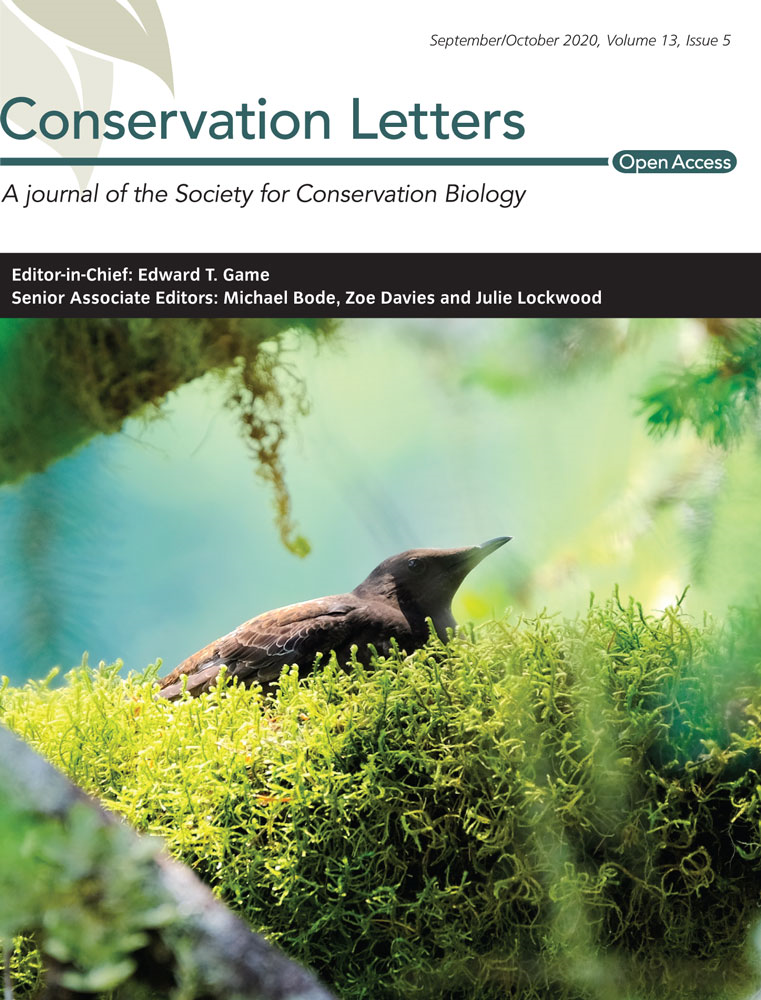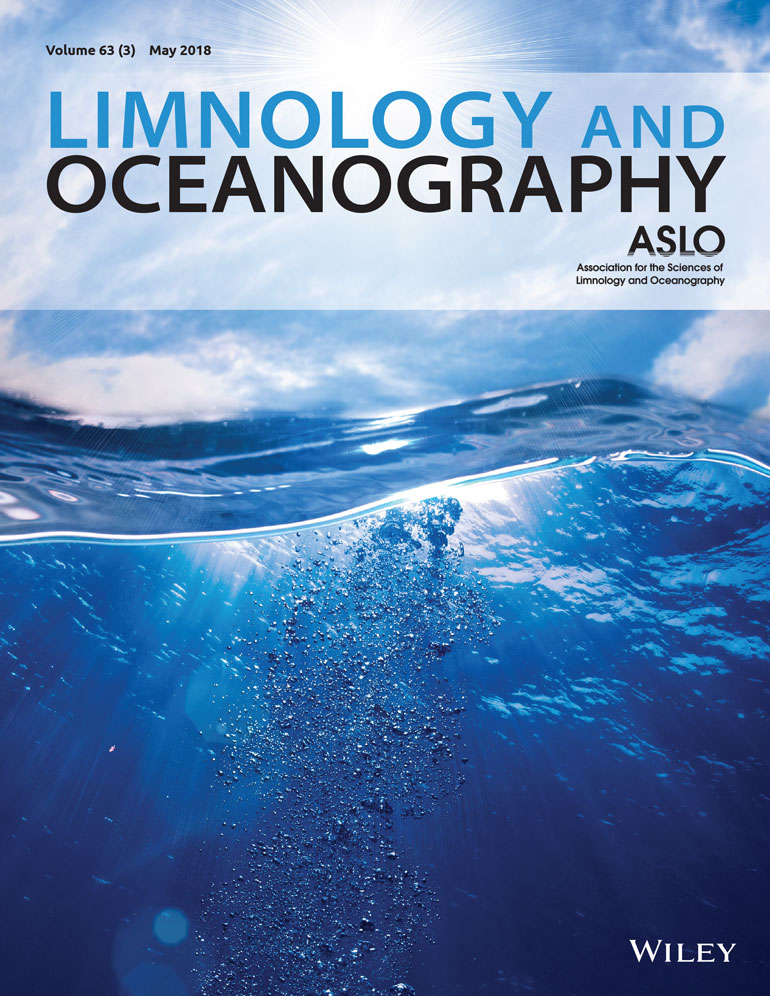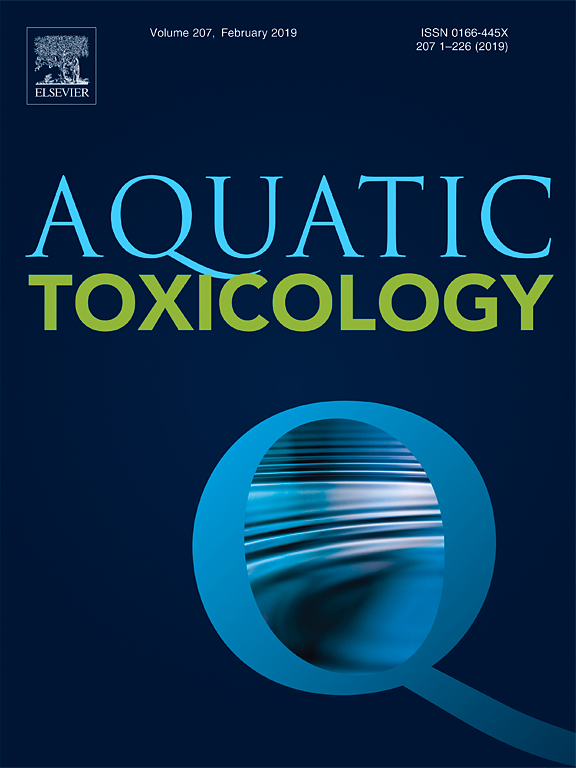- Department:(Dept. 2) Community and Ecosystem Ecology
Citizen science versus professional data collection: comparison of approaches to mosquito monitoring in Germany
The authors compared 2 approaches to monitor mosquitoes in Germany: professional trapping vs citizen science. They show that these approaches are complementary. While systematically placed traps allow to better map mosquito diversity, the citizen-science approach of the Mückenatlas project allows to easily detect invasive species and provides otherwise unavailable data from private premises.
Drivers of spatio-temporal variation in mosquito submissions to the citizen science project ‘Mückenatlas’
A mosquito monitoring programme was initiated in Germany in 2011, which has been complemented by the citizen science project ‘Mückenatlas’ since 2012. The authors analysed the Mückenatlas dataset to investigate causes of variation in submission numbers and to reveal biases induced by opportunistic data collection.
Performance of one-dimensional hydrodynamic lake models during short-term extreme weather events
Little is known about the accuracy of numerical lake models during short-term events. Three 1D lake models reproduced the overall impacts of storms and heatwaves well. Timing of effects was simulated accurately and there was little consistent bias. Uncertainty in simulations increased during extremes compared to reference periods.
More than one million barriers fragment Europe’s rivers
The study shows: Europe has some of the most fragmented rivers in the world. On average, there is about one barrier per 1.4 kilometres of stream, in Germany even two barriers per kilometre. Small transverse structures with an impoundment height of less than two metres account for the lion's share. The study also shows opportunities for reconnecting streams and rivers.
Biodiversity policy beyond economic growth
The authors call the attention of researchers and policy makers to two immediate steps: acknowledge the conflict between economic growth and biodiversity conservation in future policies; and explore socioeconomic trajectories beyond economic growth in the next generation of biodiversity scenarios.
Infection of filamentous phytoplankton by fungal parasites enhances herbivory in pelagic food webs
Mass development of cyanobacteria can deprive the water of oxygen and produce toxins. But cyanobacteria can become sick, when for instance infected by fungal parasites. The authors show that these infections do not only kill cyanobacteria, they also make them easier to consume for their natural predators. Fungal parasites thus help to slow down the growth of blue-green algae.
Performance of one-dimensional hydrodynamic lake models during short-term extreme weather events
Three 1D lake models reproduced the overall impacts of storms and heatwaves well. The timing of effects was simulated accurately. Uncertainty in simulations increased during extremes compared to reference periods. Increased uncertainty should be kept in mind when applying models to extreme events.
Can parasites adapt to pollutants? A multigenerational experiment with a Daphnia × Metschnikowia model system exposed to the fungicide tebuconazole
A Daphnia-parasite system was used to assess long term effects of fungicide pollution. Parasitic yeast lineages were reared in the absence/presence of tebuconazole (TEB). Multigenerational exposure to TEB caused transient phenotypic costs in the parasite. Parasitic yeast M. bicuspidata showed no potential for rapid evolution to TEB.
Scientists' warning on invasive alien species
Scientists warn of increasing threats posed by invasive alien species. More effort is needed to prevent, detect and control invasive alien species – this is emphasized by researchers from 13 countries.
How biological invasions affect animal behaviour: a global, cross-taxonomic analysis
In interaction, invasive and native species can change their behaviour. This is a meta-analysis, led by IGB, of which changes in behaviour are studied in invasions, and what is known about the types of behaviour that change, the underlying mechanisms and the speed of behavioural changes.










